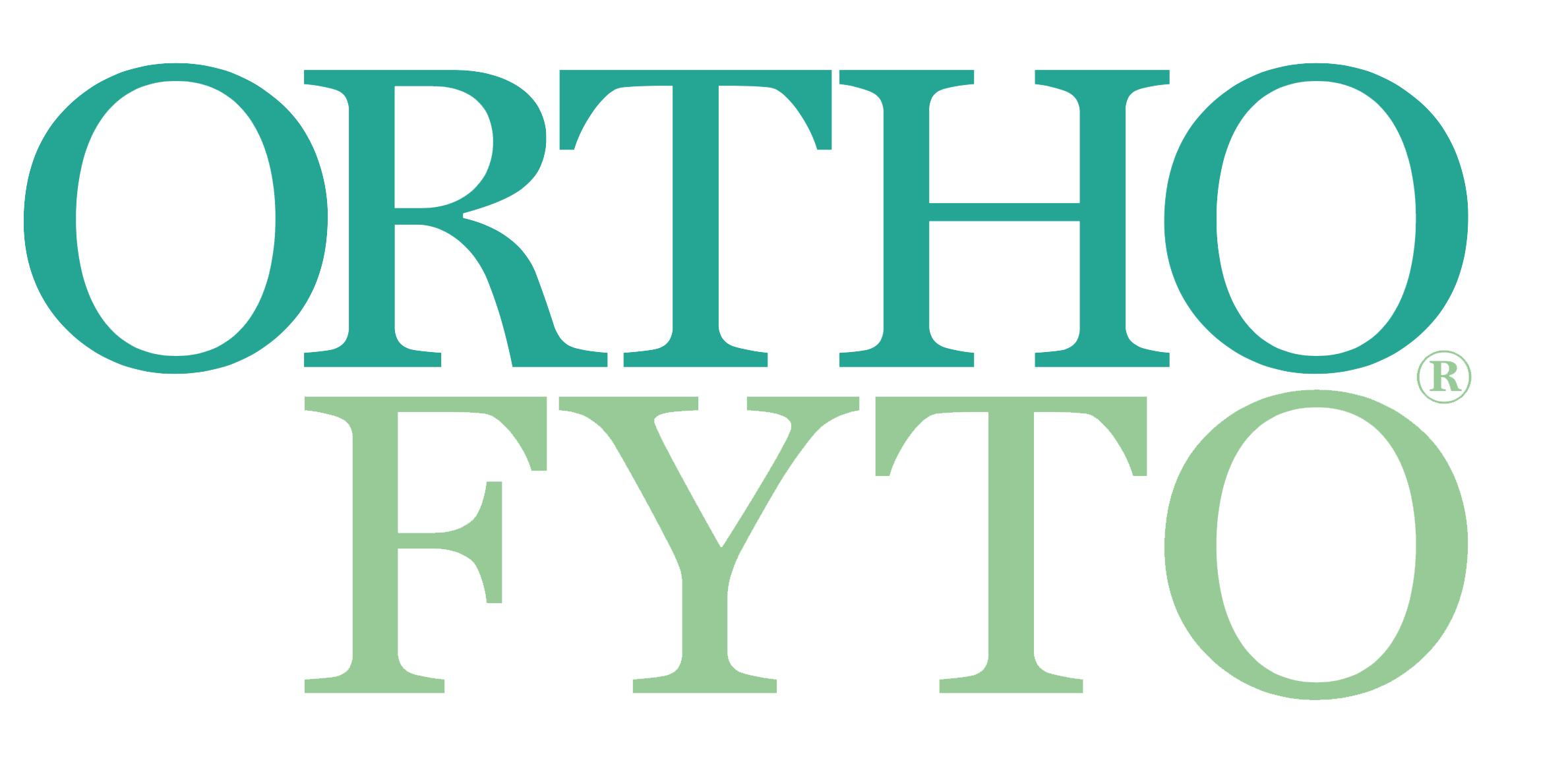Paardenbloem
08 Apr, 2021
Door: Geert Verhelst
Terwijl het voor veel mensen slechts een vervelend onkruid betekent, kent de fytotherapie aan de paardenbloem (Taraxacum officinale) verschillende nuttige eigenschappen toe. Deze uit Centraal-Azië afkomstige, bittere plant verspreidde zich eerst over het noordelijk halfrond om vanaf de 15e eeuw in Europese kruidenboeken op te duiken. Daarin worden de nuttige eigenschappen van de plant meestal opgedeeld in een diuretische (urinedrijvende) werking van het bovengronds kruid en een drainerende werking op de lever door de wortel. Dat betekent al dat de plant in zijn geheel van nut kan zijn in zuiveringskuren. Maar nog tal van andere werkingen zijn veelbelovend.
Wie kent hem niet, die paardenbloem, de winterharde plant die bij ons rijkelijk voorkomt op weilanden, braakliggende grond, bermen en dijken? Kenmerkend is haar bovengrondse rozet van heldergroene, langgerekte bladeren die – naargelang de ondersoort – gaafrandig tot diep ingesneden zijn. Van maart tot september verrijst vanuit het midden van het rozet een onvertakte, holle bloemsteel die bloeit met een solitair bloemhoofdje met kenmerkende gele lintbloempjes. De bloem wordt gevolgd wordt door een pluizenbol van dopvruchtjes met een lange haarkroon die zich vlot door de wind laten verspreiden. Ondergronds is er een sterke, vlezige en diep groeiende penwortel (30 cm tot 1 m), die van buiten bruin en van binnen wit is, en bij aansnijden een melkwit sap vrijstelt.
Misschien kunnen we eerst aanhalen dat de paardenbloem gewoon als een waardevol voedingsmiddel ingezet kan worden. Vooral de jonge en minder bittere bladeren doen het goed als een soort andijvie in salades en soepen en ze zijn daarbij in de eerste plaats een rijke bron van mineralen (kalium voorop) en van de vitamines A (carotenen), B1, B2, C en E. Als we de bladeren afgeschermd van het licht laten groeien dan verkrijgen we met ‘molsla’ een alternatief voor witlof en als we de groene bladeren koken, kunnen we ze als spinazie consumeren. De wortel kan worden klaargemaakt als schorseneren of asperges, maar zien we toch – na te branden – het meest opduiken in koffiesurrogaten zoals cichorei.
Lees het gehele artikel vanaf pagina 31 in OrthoFyto 2/2021.
Wilt u het gehele artikel als PDF bestand ontvangen? Bestel het dan hier voor € 3,50.
Bronvermelding:
1. Racz-Kotilla E, Racz G, Solomon A. The action of Taraxacum officinale extracts on the body weight and diuresis of laboratory animals. Planta Med 1974;26:212-217.
2. Clare, Bevin & Conroy, Richard & Spelman, Kevin. The Diuretic Effect in Human Subjects of an Extract of Taraxacum officinale Folium over a Single Day. Journal of alternative and complementary medicine (New York, N.Y.).2009; 15. 929-34. 10.1089
3. Jean Bruneton Pharmacognosy. Phytochemistry Medicinal Plants. 2nd edition. ISBN: 9781898298632. Lavoisier Publishing.
4. Dandelion, A Modern Herbal. www.botanical.com
5. Böhm K. Untersuchungen über choleretische Wirkungen einiger Arzneipflanzen. Arzneim.Forsch./Drug Res. 1959; 9: 376-378.
6. You Y, Yoo S, Yoon HG, Park J, Lee YH, Kim S, Oh KT, Lee J, Cho HY, Jun W. In vitro and in vivo hepatoprotective effects of the aqueous extract from Taraxacum officinale (dandelion) root against alcohol-induced oxidative stress. Food Chem Toxicol. 2010 Jun;48(6):1632-7.
7. Choi UK, Lee OH, Yim JH, Cho CW, Rhee YK, Lim SI, Kim YC. Hypolipidemic and antioxidant effects of dandelion (Taraxacum officinale) root and leaf on cholesterol-fed rabbits. Int J Mol Sci. 2010 Jan 6;11(1):67-78.
8. Faber W. The dandelion–Taraxacum officinale Weber [article in German]. Pharmazie. 1958;13:423-435.
9. Berezi, Ebitimi & Uwakwe, Augustine & Thankgod, Nwauche & Soro, A & CC, Ighorodje.. Efficiency of Taraxacum officinale (Dandelion) leaf Extract in alleviating Ulcer Occasioned by long ingestion of Non-Steroidal Anti-inflammatory Drug (NSAID) in Wister Rats. IOSR Journal of Biotechnology and Biochemistry (IOSR-JBB) 2019 5. 29-36. 10.9790/264X-0501022936.
10. Funke I and Melzig MF. Phytotherapie bei Typ-2 Diabetes mellitus. Z Phytother. 2005; 26: 271-274.
11. Őnal S, Timur S, Okutucu B, Zihnioğlu F. Inhibition of alfa-Glucosidase by Aqueos Extracts of Some Potent Antidiabetic Medicinal Plants. Prep Biochem Biotechnol. 2005; 35: 29-36.
12. Hussain Z, Waheed A, Qureshi RA, Burdi DK, Verspohl EJ, Khan N, Hasan M. The Effect of Medicinal Plants of Islamabad and Murree Region of Pakistan on Insulin Secretion from INS-1 Cells. Phytother Res. 2004; 18: 73–77
13. Akhtar MS, Khan QM, Khaliq T. Effects of Portulaca oleracae (Kulfa) and Taraxacum officinale (Dhudhal) in normoglycaemic and alloxan-treated hyperglycaemic rabbits. J Pak Med Assoc 1985;35:207-210.
14. Salvestrolen. Natuurlijke bescherming tegen kanker: het verband tussen voeding en kanker. Brian A Schaefer. ISBN: 978-1505908930 15. Sigstedt SC, Hooten CJ, Callewaert MC, Jenkins AR, Romero AE, Pullin MJ, Kornienko A, Lowrey TK, Slambrouck SV, Steelant WF. Evaluation of aqueous extracts of Taraxacum officinale on growth and invasion of breast and prostate cancer cells. Int J Oncol. 2008 May;32(5):1085-90. PMID: 18425335.
16. Chatterjee SJ, Ovadje P, Mousa M, Hamm C, Pandey S. The efficacy of dandelion root extract in inducing apoptosis in drug-resistant human melanoma cells. Evid Based Complement Alternat Med. Epub 2010 Dec 30
17. Choi JH, Shin KM, Kim NY, Hong JP, Lee YS, Kim HJ, Park HJ, Lee KT. Taraxinic Acid, a Hydrolysate of Sesquiterpene Lactone Glycoside from the Taraxacum coreanum NAKAI, Induces the Differentiation of Human Acute Promyelocytic Leukemia HL-60 Cells. Biol Pharm Bull. 2002; 25: 1446–1450.
18. Fang JY. Effect of fu-zheng qu-xie on gastric disease infected with Campylobacter pyloridis [article in Chinese]. Zhong Xi Yi Jie He Za Zhi. 1991;11(3):150-152, 133.
19. He W, Han H, Wang W, Gao B. Anti-influenza virus effect of aqueous extracts from dandelion. Virol J. 2011 Dec 14;8:538. doi: 10.1186/1743-422X-8-538. PMID: 22168277; PMCID: PMC3265450.
20. Lovell CR, Rowan M. Dandelion dermatitis. Contact Dermatitis 1991;25:185-188.
21. Fernandez C, Martin-Esteban M, Fiandor A, et al. Analysis of cross-reactivity between sunflower pollen and other pollens of the Compositae family. J Allergy Clin Immunol 1993;92:660-667.
22. Chivato T, Juan F, Montoro A, Laguna R. Anaphylaxis induced by ingestion of a pollen compound. J Investig Allergol Clin Immunol 1996;6:208-209.
